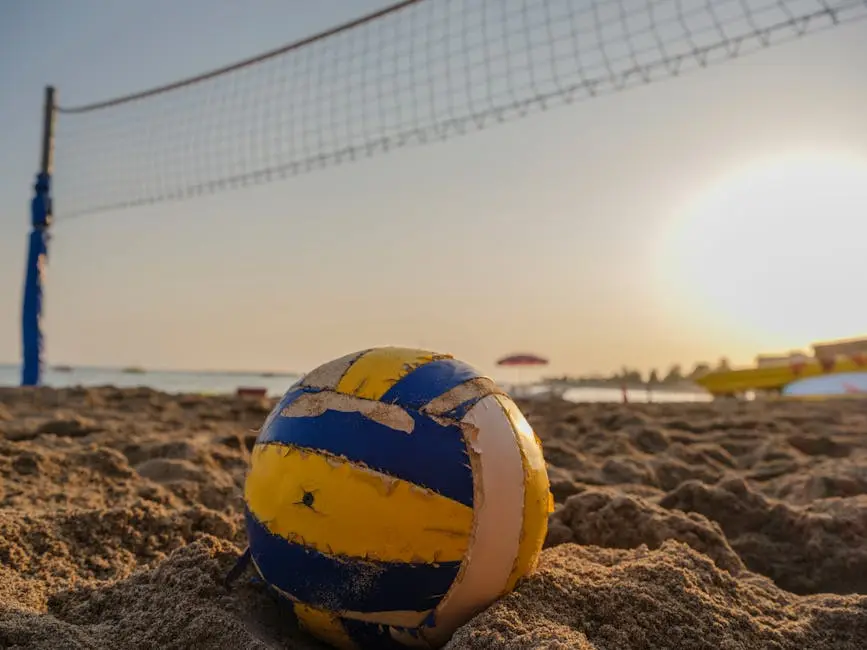Choosing the right volleyball can significantly enhance your game, whether you’re playing indoors or at the beach. With so many options available, it can be challenging to find the perfect fit. This guide will walk you through the key factors to consider when selecting a volleyball for either setting.
Understand the Differences Between Indoor and Beach Volleyballs
Indoor volleyballs are typically heavier and designed for more precision, while beach volleyballs are lighter and more durable for outdoor conditions.
This distinction is crucial because the dynamics of your game change with the environment. Indoor courts provide a controlled space, while beach setups introduce factors like sand and wind.
The construction of beach volleyballs also helps them withstand exposure to the elements. They are designed to absorb less water, ensuring they remain playable even after rain.
If you’re transitioning between indoor and beach volleyball, understanding these differences means you can choose a ball that complements your playing style, ensuring consistent performance.
Choosing the right volleyball is about more than just preference. It’s about adapting to the various challenges you’ll face in different settings.
Consider the Material and Construction
The material affects the ball’s feel and durability. Look for soft leather for indoor and synthetic composite for beach games.
Indoor volleyballs often use high-quality leather, which offers a great grip and precision for passes and spikes, making it an ideal choice for serious players.
On the other hand, the synthetic composites used in beach volleyballs are designed to endure sand abrasion and humidity. They maintain their shape and structure better in outdoor settings.
Pay attention to the stitching as well—higher-quality volleyballs will often have reinforced seams that help prevent tearing over time, particularly for beach use.
Ultimately, understanding the intricacies of materials will empower you to make a more informed decision, ensuring that the volleyball you pick can withstand both your skills and the environment.
Choose the Right Size and Weight
Indoor volleyballs usually come in size 5, while beach volleyballs can also be size 5 but are designed to be lightweight for easier handling in windy conditions.
Selecting the right weight is vital; indoor volleyballs generally weigh between 260-280 grams, ensuring they offer a solid feel during fast-paced play.
In contrast, beach volleyballs weigh about 240-260 grams, making them easier to control when the wind kicks up. Heftier balls can be challenging to handle outdoors.
Moreover, remember that a lighter ball might feel less grippy, especially if you’re used to playing indoors. It’s all about finding a balance that feels right for you.
Testing various sizes and weights before making a purchase can also provide clarity on your preferences, ensuring you choose the ball that enhances your gameplay.
Test the Ball Before Buying
If possible, try out different volleyballs to see which one feels best in your hands during play. This can help you better understand your personal preference.
Consider visiting a sports store where you can handle different balls and maybe even test them on the court. The feel of the ball is a key component to your overall game experience.
Additionally, playing with a few balls in actual game conditions can reveal how well they perform with different shots—serves, spikes, and passes.
Don’t hesitate to ask for recommendations based on your skill level and playing style. Often, friends or coaches might have invaluable insights about what works best.
Investing time to test before you buy ultimately ensures that you select a volleyball that aligns with not just the type of play you enjoy, but also how you aspire to improve.
Final Thoughts
By keeping in mind the type of environment and your skill level, you can select the ideal volleyball to improve your performance and enjoyment of the game. Remember, the right ball can make all the difference, so take your time to choose wisely!





